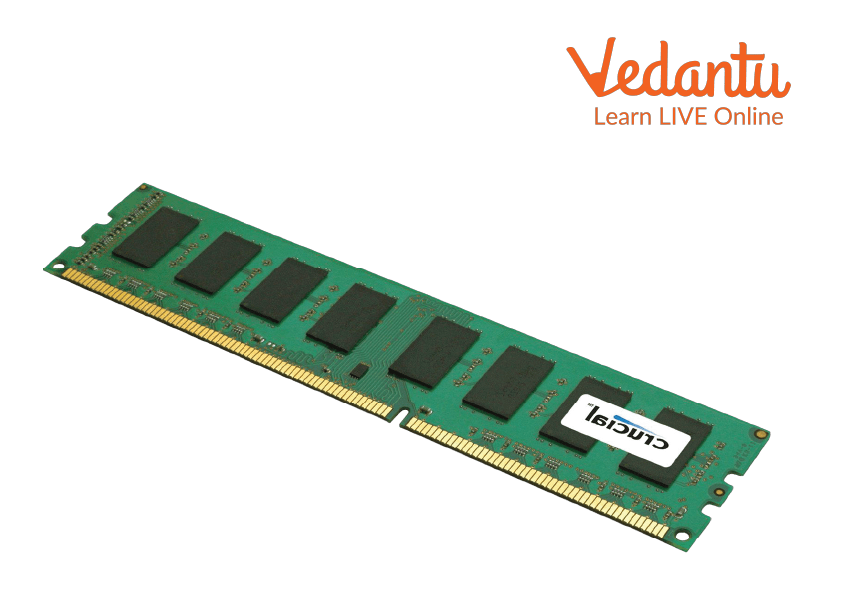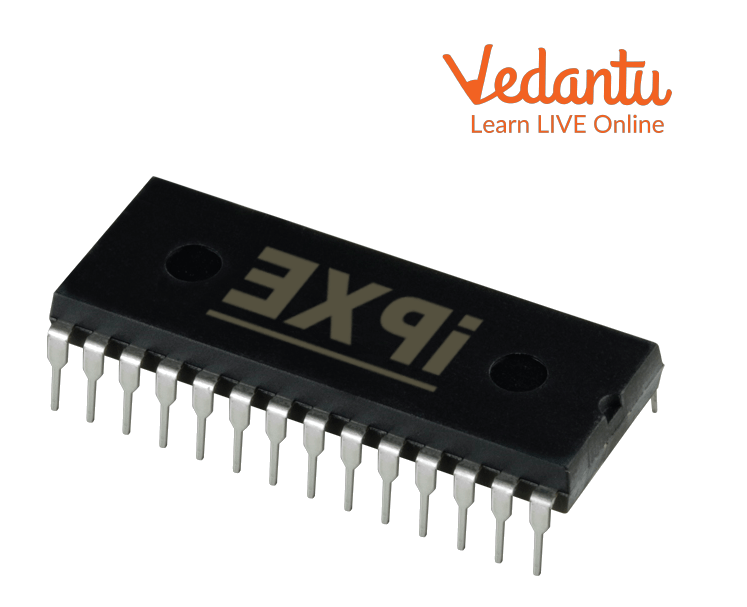




Computer Memory
A computer is a digital electronic machine that can be programmed to carry out any specific sequences of arithmetic or logical operations on its own. Modern computers can perform generic sets of operations known as programs. These programs are specific codes which form the base of computer functioning as they enable computers to perform a wide range of different tasks, from very simple tasks like performing certain calculations to some tedious tasks like browsing the web and sharing information across the world.
The computer also has the ability to store and recall all the information and programs fed into it, which enables it to reuse the same set of instructions over and over again when required.
Computer Memory System
The Computer Memory System consists of small bits (0 or 1).
Some units to measure memory are;
Bits: 1 or 0
Nibble: 1 Nibble = 4 bits
Bytes; 1 Byte = 8 bits
KiloByte: 1KB = 1024 bits
MegaBytes: 1MB=1024 KB
GigaByte: 1 GB=1024MB
TeraByte: 1 TB=1024GB
PetaByte: 1 PB=1024 TB

Computer Memory System
Computer Memory and Its Types
There are two main types of computer memory:
Primary Memory
Secondary Memory

Types of Computer Memories
Types of Primary Memory
The Primary Memory is the internal memory of the computer, also known as Volatile Memory. However, it is lost as soon as the power of the device is cut off. Some features of Primary Memory are:
It is also known as Volatile Memory or the Main Memory.
It is lost once the power is cut off.
It provides the main working space for all the computer functions and processes.
Some subtypes of Primary Memory are:
RAM
ROM
RAM
It stands for Random Access Memory. It is the internal memory of the CPU which stores most of the data and the instructions for the processing of the data. Since it is the internal memory, it can only be viewed but not modified by the user. RAM is lost once the power is cut off, and it also has limited storage. It, however, is faster than any other storage device.

RAM
In RAM, as the name suggests, any piece of data can be assessed randomly, that is, without touching the preceding or proceeding data.
There are two different types of RAM:
DRAM (Dynamic Random Access Memory)
SRAM (Static Random Access Memory)
ROM
It stands for Read Only Memory. It is responsible for storing data permanently, which cannot be changed or modified. The data stored in ROM is not rewritable as suggested by the name; it can only be read. ROM is also a Non Volatile Memory, which is not lost once the power is cut off.

ROM
Different Types of ROM are:
PROM (Programmable Read Only Memory)
EPROM( Erasable Programmable Read Only Memory)
EEPROM( Electrically Erasable Read Only Memory)
Flash EEPROM Memory
Memory That Cannot be Processed by the CPU
The memory that cannot be directly processed by the CPU is: Secondary Memory
Secondary Memory is the physical device used for storing data permanently. Some examples of Secondary Memory are:
Hard Disk
Flash Drive
Compact Disc
Floppy Disc
Digital Versatile Disk (DVD)
What is the Use of Memory in a Computer?
Some of the main uses of computer memory are:
It is one of the most important factors for determining the performance of the system.
RAM gives a place for applications to be processed on a short-term basis.
RAM is also responsible for storing the information, which the computer actively uses for accessing all the data and performing all the functions.
RAM also dictates the speed of the computer, which is directly correlated to the amount of RAM attached to the device.
Summary
The Computer Memory System is the ability to store all the data and the instructions related to them; it is one of the most important factors in determining the overall functioning of the device. It is mainly of two types: Primary and Secondary Memory. The Primary Memory is the volatile memory but is the main memory of the device, whereas the Secondary Memory is generally detachable devices and is a non-volatile memory.
Learn by Doing
1. Give the full form for the following:
ROM
RAM
DRAM
SRAM
PROM
EPROM
EEPROM
Answers:
Read Only Memory
Random Access Memory
Dynamic Read Only Memory
Static Read Only Memory
Programmable Read Only Memory
Erasable Programmable Read Only Memory
Electrically Erasable Programmable Read Only Memory
Sample Questions
1. Give some examples of Primary Memory and Secondary Memory.
Ans: Primary Memory:
RAM
ROM
Secondary Memory:
Hard Disk
CD (Compact Disk)
DVD (Digital Versatile Disc)
Floppy Disc
Blu Ray Disc
Flash Drive
Magnetic tapes
SD Cards
2. What is computer memory made up of?
Ans: Any computer’s memory is made up of small bits (cells) arranged in a grid form. Mostly it follows the basic system of two digits (1 and 0). This system is known as the Binary System.
FAQs on Introduction to Computer Memory System
1. Why do we need computer memory?
Memory is the computer’s ability to store information and instructions for even the basic functioning. Now, if we remove this, then for instance, if we write a report using it and once we close the application it will be gone forever and we will have to rewrite the entire thing if we wish to make modifications. It would be very troublesome and time consuming which destroys the original purpose of computers which is to simplify our day-to-day tasks and make them less time-consuming. Thus, a computer’s memory is one of its most important features.
2. What are the different types of computer memory?
We mainly have two different types of memories:
Primary Memory: RAM, ROM, and Cache memory.
Secondary Memory: Hard disk, CD, DVD, etc.
3. What is the difference between RAM and the Main Memory of a computer?
The two terms are used interchangeably, RAM which stands for Random Access Memory, is the same thing as the Main Memory of the computer.









